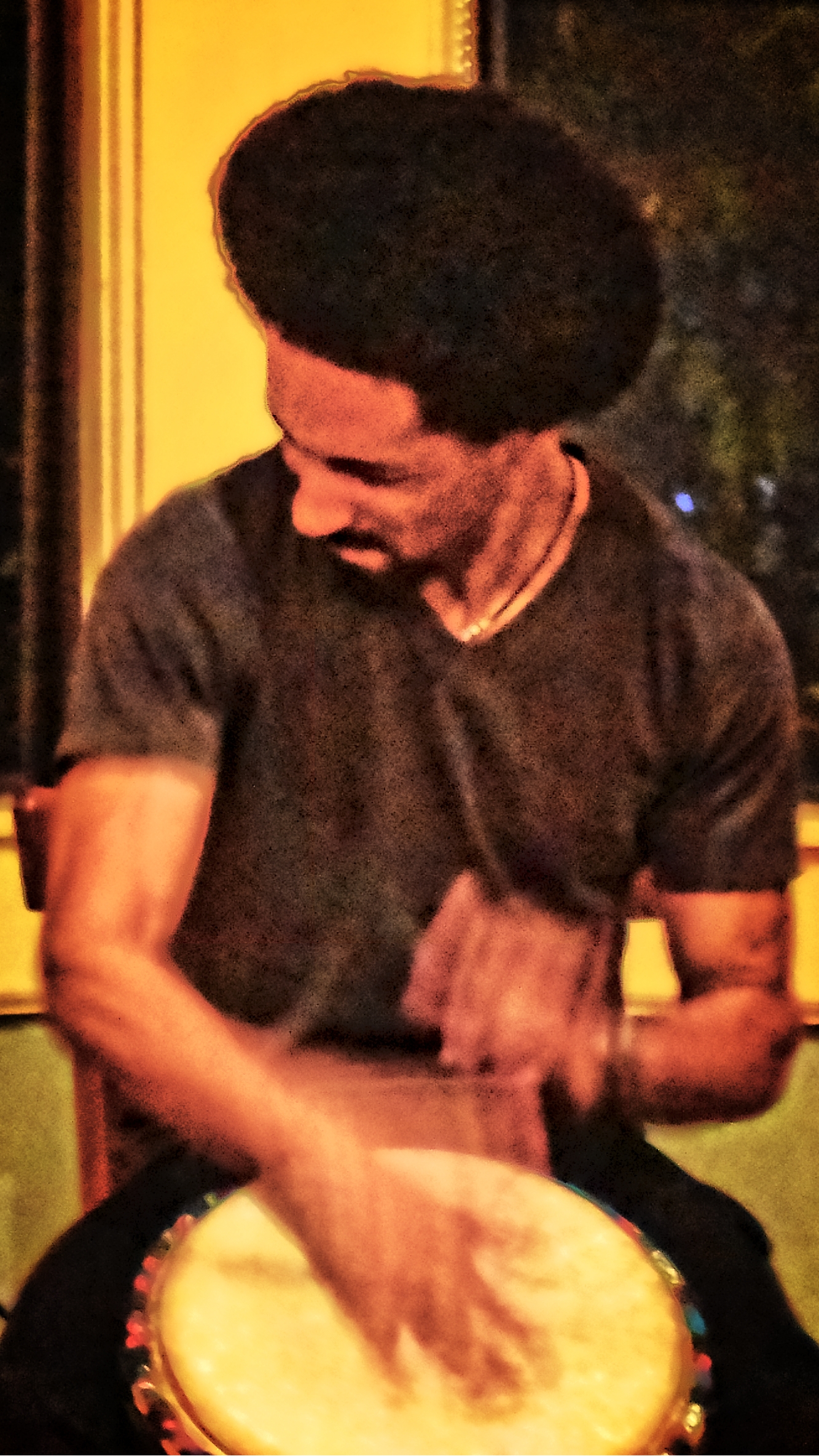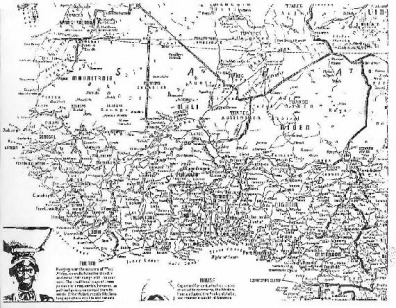Many of the earliest jazz standards were classical European music. Charlie Parker, Miles Davis, John Coltrane were heavily influenced by classical music and music theory. Kind Of Blue is modal chords and changed how music in this country while being heavily influenced by classical theory.
There’s a clear point here. While brain dead internet people fight over this stuff in the present, black artists were taking inspiration from everything in the past. Whether it was classical music or Jamaican music or whatever…black Americans have always melded shyt together to create new shyt.
"
Jazz harmony at its structural and aesthetic level is based predominantly on African matrices,..."
https://www.jstor.org/stable/30039290
(Gerhard Kubik, The African Matrix in Jazz Harmonic Practices)
Black Music Research Journal
Vol. 25, No. 1/2 (Spring - Fall, 2005), pp. 167-222 (56 pages)
Published By: Center for Black Music Research
"I’ve played drums in an all-nonwhite rock band called
Sunata for seven years (2013-2020, before the pandemic) and djembe for about five years. Music, especially Black and African-American music, runs in my family and culture. My uncle, a freelance musician who toured throughout the 1970s, told me to study blues and jazz music because, as he put it, blues and jazz are the mother and the father, while R&B and rock-and-roll are the son and the daughter. Without blues and jazz music, American popular music wouldn’t exist. Blues and jazz come from the same parent”
[…]
"Blues is considered an “American” genre of music but it’s still a historical and cultural continuation of African folk music adapted to a new environment. Therefore, African-American blues is both a foundation of American popular music and, stylistically, part of the larger African cultural family because it is fundamentally an African style of music."
[...]
That African scale system is the fundamental root of blues music.
Nketia also explains the various melodies, rhythms, scale patterns, and notations of indigenous African music. In the chapter on vocal melodies in
The Music of Africa, Nketia shows
the pentatonic system, which includes a flatted fifth, in an African vocal melody: C-D-E-G-B♭ [pg. 150]. Nketia explains:
…instead of a major sixth, a minor seventh is used. That is, instead of C-D-E-G-A, we have C-D-E-G-B♭… this gives a distinctive character to the music. An important feature of melodic organization associated with pentatonic structures is that of transposition, whereby the melody is shifted from one position of a trichord to another. The shift may be a whole step, or as much as two or three steps, up or down. That is, there could be a shift from a G-A-B or E-G-A-B sequence to an F-G-A or D-F-G-A sequence within the same song, or from A-G-F to D’-C-B♭
in the same song” [pg. 150]".
Adam Hudson (he/him) is an African-American teacher, writer/journalist, commentator, musician, Pan-Africanist, and co-host of the podcast Real Sankara Hours. He holds a BA in International Rela…

adamhudson.org
"The lowered pitches of the blues scale are also closely related to the African quarter tone scale. The flatted 3rd and 7th are uncommon in the European tradition and add an element that is completely unique to the music. Other performance practices, like playing the guitar with a knife blade or playing the banjo with a bottleneck would likely produce sounds similar to those produced from African instruments."
The African influence in the blues is undeniable. The poetic structure of many of the verses is similar to the Western African tradition of AAB poetry. The story like verses carries on the...
awblues.weebly.com
The rabbit hole goes deeper.
“Black musicians came across the Atlantic from the United States, many from Harlem, which was already a “jazz capital.” They went to France and found their talents in high demand. Soon, black-owned nightclubs were springing up in Paris, especially in Montmartre. Among the many African Americans who found a far more receptive audience in France was Josephine Baker.”
https://thescarlet.org/3159/category_news/the-history-of-nightlife-paris/
"Conversely, many white Americans viewed returning black soldiers as a threat because of their military service and exposure to new ideas about race and equality, especially in France."
http://harlemrenaissance.com/history/
"The Harlem Renaissance was the development of the Harlem neighborhood in New York City as a Black cultural mecca in the early 20th Century and the subsequent social and artistic explosion that resulted. Lasting roughly from the 1910s through the mid-1930s, the period is considered a golden age in African American culture, manifesting in literature, music, stage performance and art."
Harlem Renaissance - Definition, Artists & How It Started | HISTORY
African music - Multipart Singing: Multipart singing and harmonic concepts are basic traits of many African musical traditions and have been observed by Western travelers since the earliest periods of contact. Contrary to earlier opinions, “harmony” in African music is now seen to be not a...

www.britannica.com







